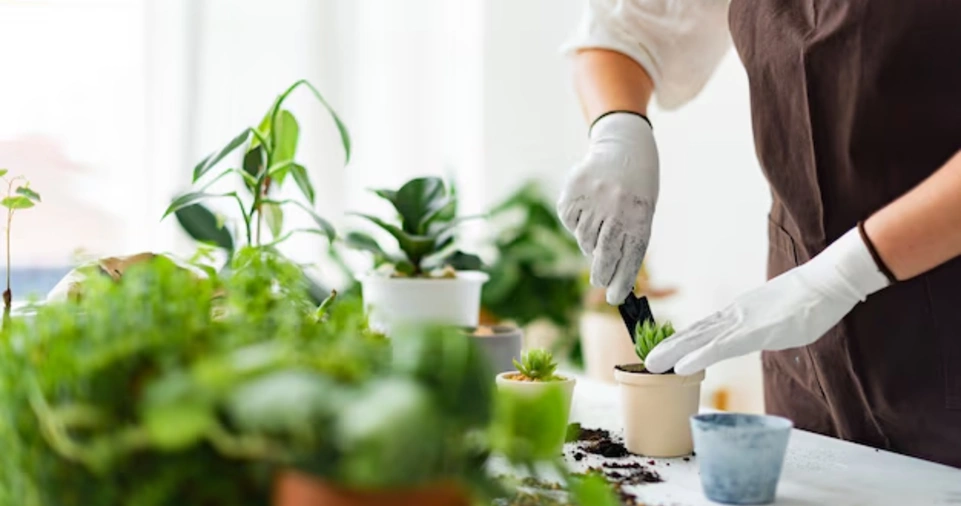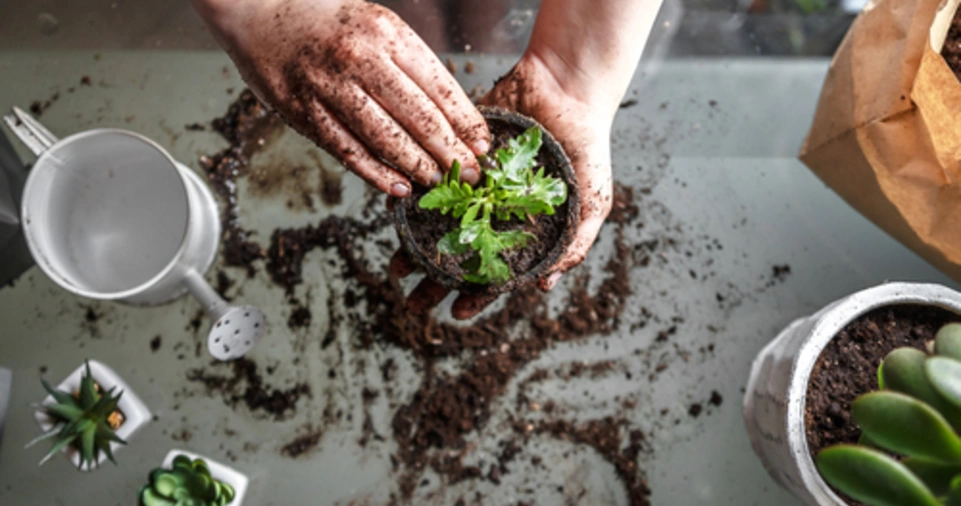When it comes to gardening success, nothing is more important than choosing plants that are well-suited to your region’s climate. It doesn’t matter how much you water, fertilize, or pamper your garden; if your plants aren’t compatible with the local conditions, they won’t thrive. Here’s how to make smart choices and build a garden that works in harmony with nature.
Understanding Your Climate Zone
Before you select plants, you need to know your USDA Hardiness Zone. This zoning system divides North America into 13 zones based on average minimum winter temperatures. Each zone is divided into subzones (like 6a and 6b) for greater accuracy. You can find your zone on the USDA website or by checking local gardening resources.
Table: USDA Hardiness Zones and Average Minimum Temperatures
| Zone | Min Temp (°F) | Min Temp (°C) |
|---|---|---|
| 1 | Below -50 | Below -45.6 |
| 2 | -50 to -40 | -45.6 to -40 |
| 3 | -40 to -30 | -40 to -34.4 |
| 4 | -30 to -20 | -34.4 to -28.9 |
| 5 | -20 to -10 | -28.9 to -23.3 |
| 6 | -10 to 0 | -23.3 to -17.8 |
| 7 | 0 to 10 | -17.8 to -12.2 |
| 8 | 10 to 20 | -12.2 to -6.7 |
| 9 | 20 to 30 | -6.7 to -1.1 |
| 10 | 30 to 40 | -1.1 to 4.4 |
| 11 | 40 to 50 | 4.4 to 10 |
| 12 | 50 to 60 | 10 to 15.6 |
| 13 | 60 to 70 | 15.6 to 21.1 |
Consider Your Microclimate
Even within a single hardiness zone, conditions can vary widely. Factors such as elevation, proximity to water, slope direction, and urban heat effects can influence your garden’s microclimate. For example:
- South-facing slopes get more sunlight and are warmer.
- Low-lying areas may collect frost.
- Urban areas retain heat longer than rural zones.
Understanding your microclimate helps you make more precise plant choices.
Know the Plant’s Natural Habitat

Research where a plant naturally grows. Is it native to dry deserts, tropical rainforests, or alpine meadows? Matching a plant’s origin to your local conditions can save water, reduce pest issues, and increase survival rates. For example:
- Succulents thrive in dry, arid zones (Zones 9-13).
- Hostas love shade and cooler, moist areas (Zones 3-8).
- Olive trees prefer Mediterranean climates (Zones 8-10).
Choose Native and Adaptive Plants
Native plants are already adapted to local conditions, including climate, soil, and pests. They typically require less maintenance and support local biodiversity. Adaptive (non-invasive) plants from similar climates can also be excellent choices.
Benefits of Native and Adaptive Plants:
- Require less irrigation
- Resist local pests and diseases
- Provide food and shelter for wildlife
- Are more resilient to local weather extremes
Factor in Soil Type and Drainage
Soil can vary in pH, texture (clay, loam, sand), and nutrient content. Some plants need well-drained sandy soil, while others do better in heavy clay. Perform a soil test before planting and amend as needed, but also choose plants that are compatible with your soil type.
Table: Common Soil Types and Suitable Plants
| Soil Type | Characteristics | Suitable Plants |
|---|---|---|
| Clay | Heavy, retains water | Daylilies, Bee Balm, Switchgrass |
| Sandy | Drains quickly, low nutrients | Lavender, Sedum, Yucca |
| Loamy | Balanced, fertile | Most vegetables, Roses, Black-eyed Susan |
| Silty | Smooth, retains moisture | Ferns, Willow, Swamp Milkweed |
| Peaty | Rich, dark, retains moisture | Azaleas, Rhododendrons, Primroses |
Consider Seasonal Changes
Some plants may survive winter but suffer in summer heat, or vice versa. Check not just minimum but also maximum temperature tolerances. If your region has hot summers, consider drought-resistant species. For cold winters, pick hardy perennials and shrubs.
Tips:
- Use mulch to moderate soil temperature.
- Choose deciduous trees to provide summer shade and winter sun.
- Group plants with similar water and light needs together.
Match Planting Time to Climate
Timing your planting schedule with your climate is essential for success. Planting too early or too late can stress plants or lead to poor yields.
Cool-Season Crops: Lettuce, peas, spinach (plant early spring or fall)
Warm-Season Crops: Tomatoes, peppers, cucumbers (plant after last frost)
Understand Sunlight and Shade Patterns

Track how sunlight moves across your garden throughout the day. Some plants need full sun (6+ hours), while others prefer partial shade. Even small differences in light exposure can affect plant health and productivity.
Sunlight Categories:
- Full Sun: 6-8+ hours
- Partial Sun: 4-6 hours
- Partial Shade: 2-4 hours
- Full Shade: Less than 2 hours
Watch for Wind and Exposure
High winds can damage plants, dry out soil, and increase transpiration. If your site is exposed:
- Use windbreaks (fences, hedges)
- Choose low-profile, flexible plants
- Stake vulnerable plants
Water Availability and Drought Tolerance
If you live in a drought-prone area, water-wise gardening is essential. Use drought-tolerant species, install drip irrigation, and mulch heavily to retain moisture.
Drought-Tolerant Plants by Zone:
- Zone 3-5: Russian Sage, Blanket Flower, Coneflower
- Zone 6-8: Lavender, Yarrow, Coreopsis
- Zone 9-11: Agave, Lantana, Bougainvillea
Pest and Disease Resistance
Choose plants that naturally resist common local pests and diseases. Local extension services can provide lists of resilient varieties.
Example:
- Tomatoes: Choose blight-resistant cultivars.
- Roses: Select disease-resistant hybrids.
- Squash: Look for squash vine borer-resistant types.
Consider Altitude and Elevation
Higher elevations mean cooler temps, shorter growing seasons, and stronger UV exposure. Stick to fast-maturing plants and hardy perennials that can handle frost.
Plan for Long-Term Maintenance
Some plants may look great but require constant pruning, fertilizing, or pest control. Unless you want a high-maintenance garden, prioritize low-effort plants that thrive with minimal intervention.
ALSO READ: How to Choose the Right Color Palette for Every Room in Your Home?
Conclusion
Choosing the best plants for your region’s climate isn’t just about taste or aesthetics—it’s about working with nature, not against it. By understanding your zone, microclimate, soil, and environmental challenges, you can build a garden that thrives sustainably and beautifully.






